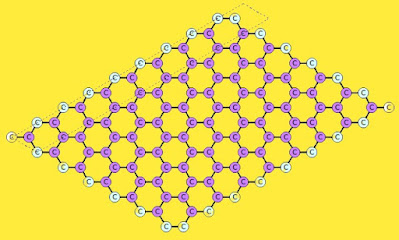If you want to make breaking news in physics: Design the Materials with Superior Properties than Graphene
Graphene is an extremely strong, lightweight, and highly conductive material, but researchers are constantly searching for materials with even better properties. To be considered "better than graphene," a material would need to have a combination of properties that surpasses those of graphene in certain applications. Some properties that researchers are looking for in next-generation materials include:
(a). Higher thermal conductivity: Graphene has good thermal conductivity, but some applications require even better heat dissipation.
(b). Improved bandgap: While graphene is an excellent conductor, it has no bandgap, which limits its usefulness in some electronic applications. Researchers are searching for materials with a bandgap that is both large and tunable.
(c). Higher electrical conductivity: While graphene has extremely high electrical conductivity, there is always room for improvement. Some researchers are looking for materials with even higher electrical conductivity that can be used in high-performance electronics and energy storage devices.
(d). Better mechanical properties: Graphene has exceptional mechanical properties, but some applications require materials with even higher strength and toughness.
(f). Increased stability: Graphene is highly reactive, which can limit its usefulness in certain applications.
Researchers are looking for materials that are more stable and less reactive under various conditions.It's worth noting that the properties that make a material "better than graphene" will depend on the specific application. For example, in some applications, it might be more important to have a high bandgap, while in others, high thermal conductivity may be the most important property. If you guys are working on it please focus to sort-out with these amazing properties for upcoming nanotechnology or revolution in physics.

Comments
Post a Comment